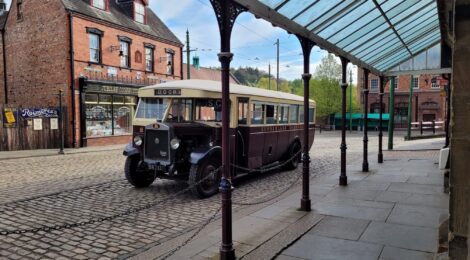
T&I News 5 2024…
There is lots to report this month. It is also worth noting that we had to cancel the rest of Sir Berkeley’s steaming dates here, after a problem at the front end manifest itself that could only really be explored at its home railway. This as a disappointment (not least I missed two days out on it that I’d booked in as a treat!) but I am sure that we will see it return to Beamish again in the future. It has certainly stirred up some thoughts about our own Manning Wardle, Newcastle (1532/1901) and where it sits in the restoration queue. Its file is sat on my desk at the moment!
The engineering team have been busy, and just some of the work the team has been carrying out is shown here. The work on the Simplex was a great step forward for that item on the to-do list, similarly (and on the same day!) the first lap of the museum by Sunderland 2. There is a lot of enthusiasm for working on this bus and enabling it to be used occasionally around the museum, so a conservation management plan (CMP) is already being drawn up for this superb vehicle.
A plan of summer work is also in hand for various other projects, that will appear here in due course. Partly this is aimed at ensuring that Rowley Station is ready for operation (with stock!) next year. There is also some curatorial work planned, which will enhance the appearance of some of the rolling stock around the NER station area.
Dunrobin:
Below: Work to build the new cab/bunker section for Dunrobin is reaching a conclusion at the Ffestiniog & Welsh Highland Railway works at Boston Lodge. As can be seen, progress since last time includes fitting the original beading to the cab doorway and bunker, as well as manufacturing the details such as bunker doors.
Below: A clear view of the cab seat (for guests) and the reclaimed beading.
Below: The ventilation shutter in the cab rear.
Below: One of the salvaged cab shutter slides – the cab could be fully-enclosed, for the comfort of footplate guests.
Work on the cab should be completed shortly, with shot-blasting and priming. It will then return to Bridgnorth for further painting, and installation onto the rolling frames.
Engineering:
Below: This afternoon (Tuesday 30th), Glyder was used to tow-start the NRM Simplex, which will shortly be leaving us for a new home and which has had some work carried out as part of the loan agreement. The engine has had a light overhaul, the clutch has been re-lined and some other jobs have been attended to at the same time. Glyder itself has benefitted from some intensive effort by Phil, Phil and Sam (from the machine shop), who have tackled numerous little jobs that have greatly contributed to the operation of the loco and it’s steam tightness. These have been commented on by several crew members, and reflects well on the investment in this area that the museum has made.
Below: The locomotive started quickly and ran well. Phil and Phil carried out some adjustment, which allowed it to have a solo lap of the railway. It is certainly smoother to drive now, and hopefully will give good service at it’s new home.
Below: On a sunny day, running without the roof is preferable to the more enclosed state the locomotive usually presents – though the absence of the silencer is noticeable! The roof will be refitted this week, in readiness for its departure.
Below: A couple of jobs for Gateshead 10 have recently returned – with new controller direction keys having been made. The original is on the right. The left-hand one is new, and was made here at Beamish, but the unusual internal shape was contracted out to a firm who were able to spark-erode it for us.
Below: Inside Gateshead 10, one saloon has been carefully stripped (lightly) and then stained/varnished. We are very keen to retain the patina, but ensure there is no bare wood. This is the result, which looks beautifully mellow and was completed by Rebecca, our own painter. The external paintwork is more or less complete, and lining etc. should take place in the autumn. Meanwhile, the workshop is pressing forward with the bogie assembly and overhaul of brake components.
Below: At Rowley Station, there has been a proliferation (well, modest increase!) in platform furniture. Some was recently purchased at auction and has enabled a broader range of items to be presented.
Below: Some items require some restoration, and these are being tackled by the team at the station, which adds interest to the activity for visitors to see.
Below: The team are also tackling the repaint of the allotment hut, which looks very much better for this attention. There is a list of jobs to tackle, one of which is the installation of the restored running-in board (station nameboard) near to this location. Visitors will also have observed new fencing between the station and signalbox, which follows NER practice and will be easier for the station staff to maintain too.
Rotherham 220
Below: After making a striking re-entry into service, Rotherham 220 was stopped with a fault on its master brake cylinder. The mounting feet had sheared off, requiring an interesting repair.
Below: The mounting area of the casting was machined true on the horizontal borer. This both faced the mating surface and created an internal dimension into which the new mount would be fitted.
Below: A substantial piece of aluminium plate was prepared, to create a new flange for the foot. It was marked out for the internal ring dimension as well as holes for the fastenings.
Below: The projecting cylindrical section was inserted, this providing an internal collar onto which the cylinder could be bolted.
Below: The cylinder in situ – note the plate, and also one of the bolts, which secures the assembly to the bus. Whilst in the workshop, some modification was made to the brake adjusters, to improve access for the fitters.
Sunderland 2
Below: A window of opportunity occurred last week to extract Sunderland 2 from the depot. Since arriving at Beamish, it hasn’t been started or moved under its own power. An initial trial suggested that the Autovac (the device on the front bulkhead to the right of the bonnet side in this view) required cleaning, and the fuel in the tank had deteriorated. In this view the bus was having the tank drained so that fresh fuel could be added.
Below: I’ve very much been looking forward to seeing No.2 in operation, so this first step is a great one. Russ, Ben, Phil and Phil have been fitting the work in around other jobs, the aim being to commission it for non-passenger operation and take stock of its condition to enable a conservation management plan to be created. This will inform the next stages of conservation/restoration/overhaul – the objective being to enable limited future operation (with passengers) and restore a number of Leyland features that were highlighted to us by the late Michael Plunkett, who purchased the bus in Jersey and restored it to its Sunderland guise.
Below: Russ takes No.2 out of the depot, it’s first moves under its own power at Beamish.
Below: One thing I think is important to retain, is the patina. The crimson is probably recoverable for the long-term, whilst the cream is in quite poor condition. The roof will also benefit from clearing and a coat of paint. But otherwise,a big part of the appeal is that wonderful lustre that No.2 has acquired during its six decades in preservation,
Below: Proof of it making it into High Street, in the Edwardian Town area, for the very first time.
You can read more about Sunderland 2 here: https://beamishtransportonline.co.uk/2023/01/sunderland-corporation-leyland-lion-bus-no-2/ and I will report on the outcome of our condition survey in due course.
When the opportunity arises, we shall pose 2 with 13 and 16 – and hopefully can include this within June’s Fares Please! event.
Buses 200
The Manchester Museum of Transport are holding a series of events this year to mark 200 years of buses in Britain. In 1824 a Salford toll-house keeper named John Grenwood started a horse bus service between Pendleton (Salford) and Manchester (Market Street). It was the first service that wasn’t operated on stagecoach principles, and became the genesis of the modern bus network. Several events are being organised throughout 2024, the first of which as in April. The website for these is here: https://motgm.uk/events-calendar.html
Below: As part of the event in April, heritage buses operated a service from the museum, taking in St Thomas’ church in Pendleton (where John Greenwood is thought to be buried) and then following the modern version of the route into Manchester City centre. We rode on this 1946 Bristol L5G bus, ex North Western Road Car Company, which is seen here making a stop outside the church.
Below: This Leyland Lion LT5A, dating from 1934, was Leyland’s first diesel-engined single deck bus, and saw use as a demonstrator before joining the Lytham St. Annes Corporation Transport fleet a year later. It was in operation until 1958, when it was acquired for preservation, via a London scrap dealer. Ten years later it was taken to Canada, eventually being abandoned in a gravel pit. In 1998 this well-travelled bus was repatriated, and then restored the stunning condition it is presented in today. I believe it is a possibility for our Fares Please! event in June…
Below: A pair of Leyland Lions – with a 1929 PLSC3 on the left (ex Ribble, and a resident at the museum) and a 1930 LT1 (the same classification as our Sunderland 2) on the right, ex Lancashire United Transport and now in the care of the Lincolnshire Road Transport Museum. Like our No.2, it also saw service in Jersey. Which gives me something of an idea for a theme for the 2025 Fares Please event…
Below: The museum’s resident horse bus dates from 1890, and represented the earlier era of bus operations in the region, whilst Eades reversible horse tram, L53 (which has visited Beamish on two occasions) was displayed as a representative of the horse tramway era.
Below: There were several buses on display outside the museum, many of which were taking turns on the heritage route or a regular shuttle service into Manchester City centre.
This was a really good event, which four of us from Beamish attended and we very much enjoyed.
Photos in this post by: Phil Doran, Matt Ellis, Paul Jarman and Terry Pinnegar



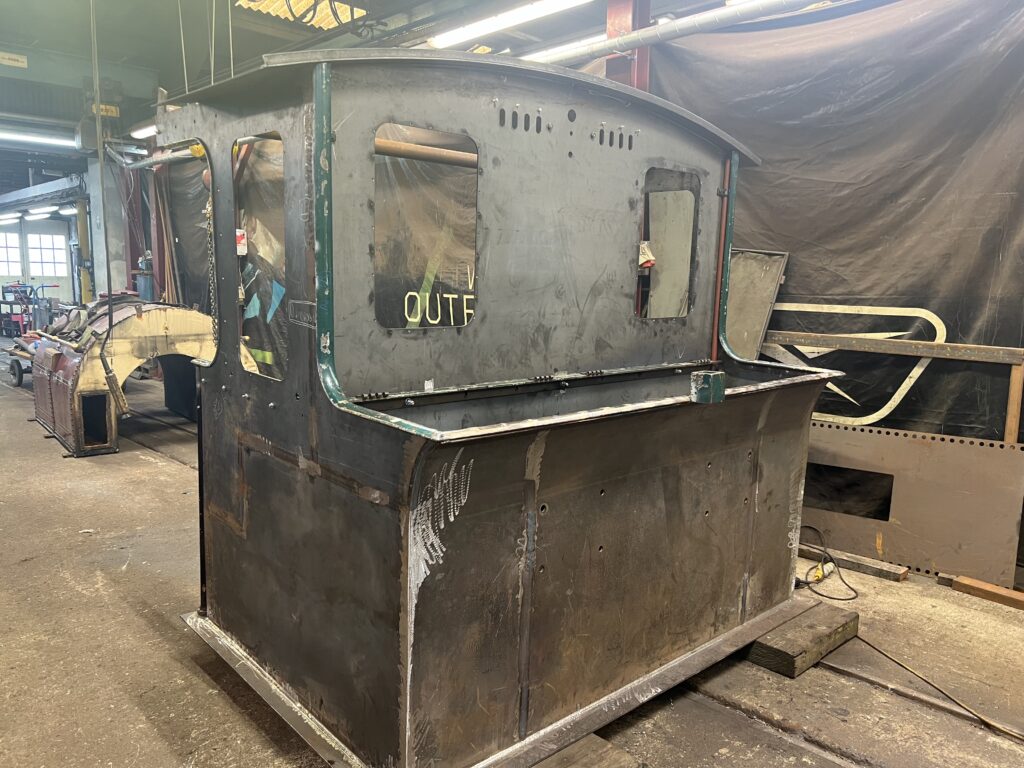
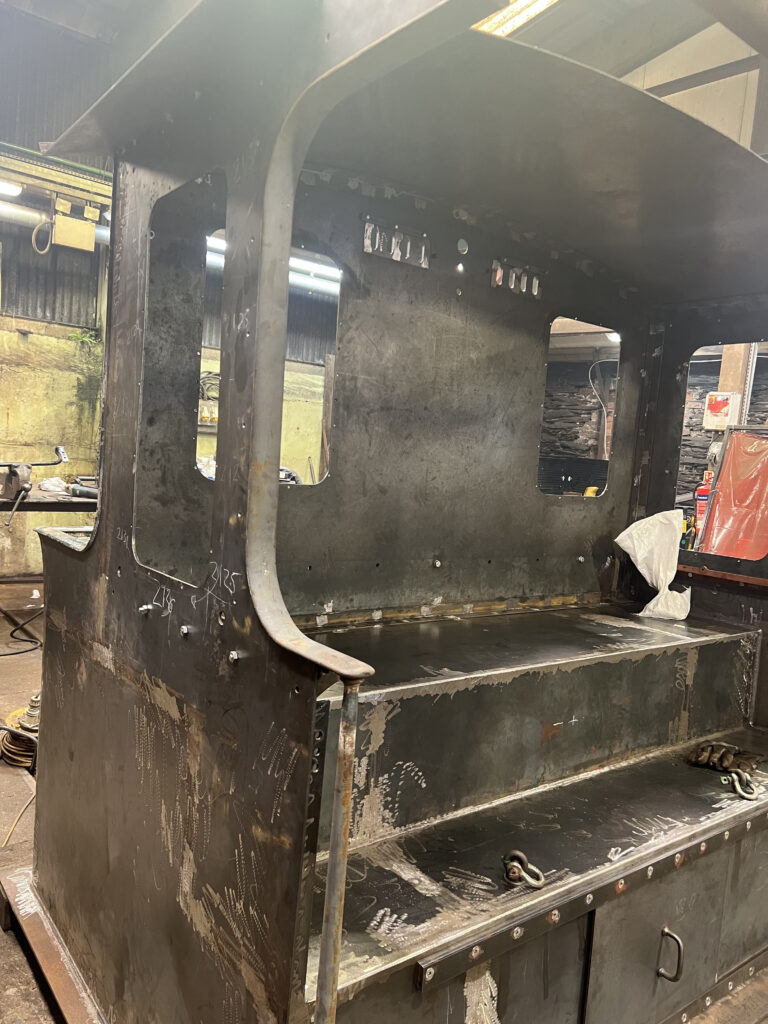

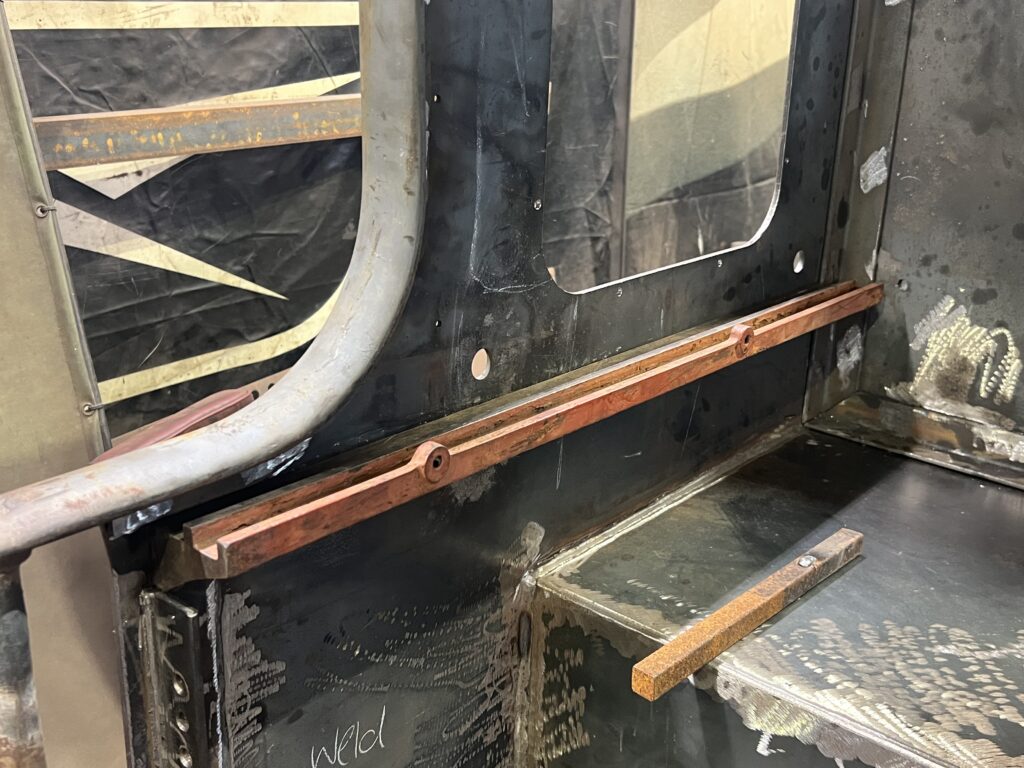


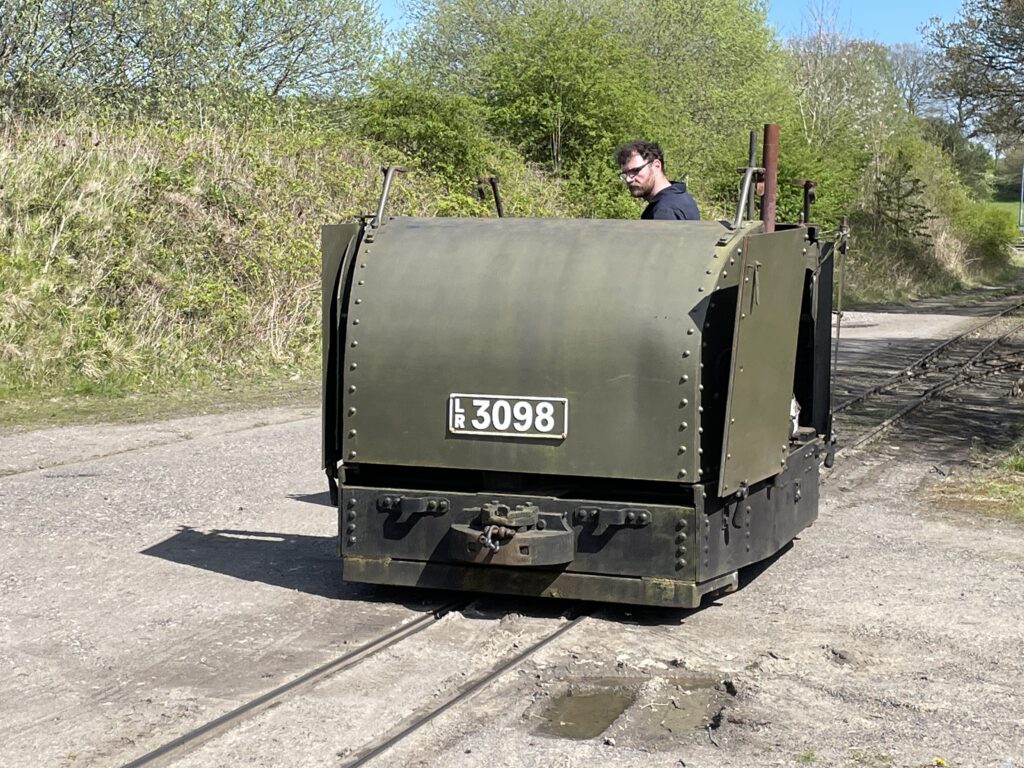
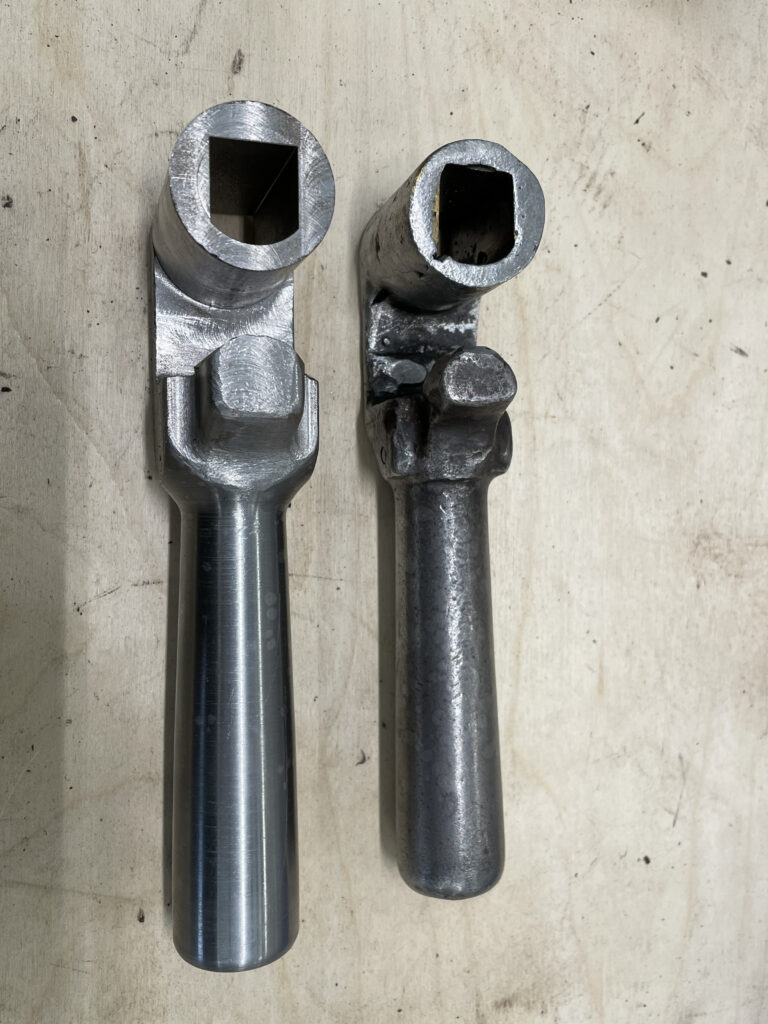
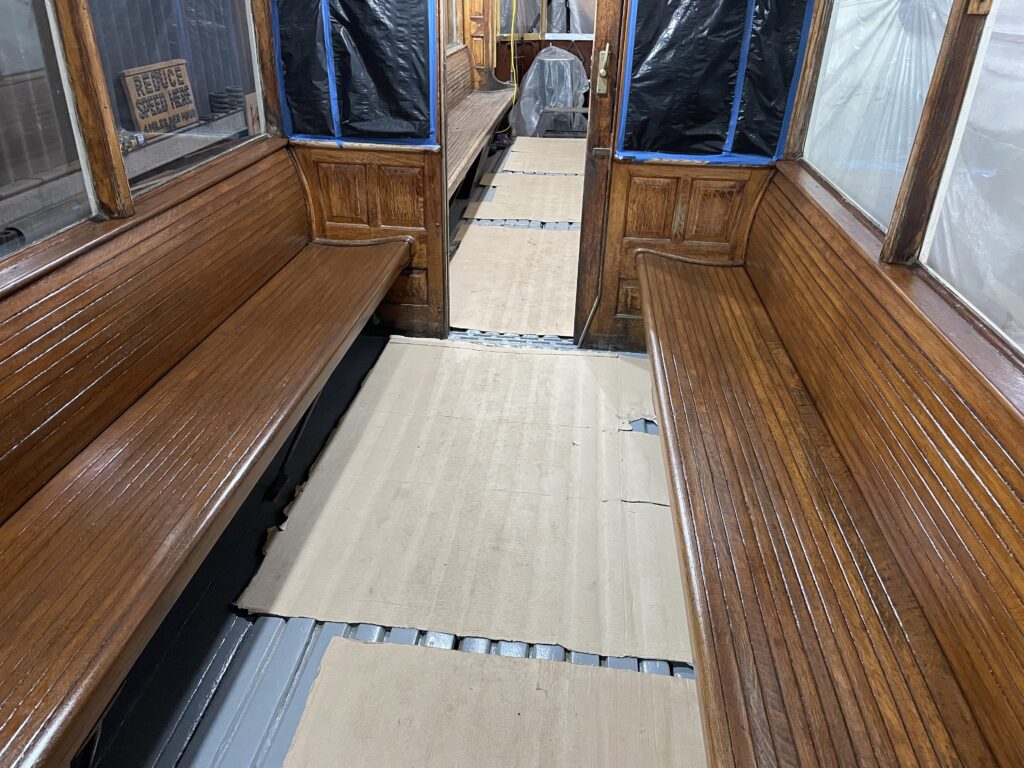

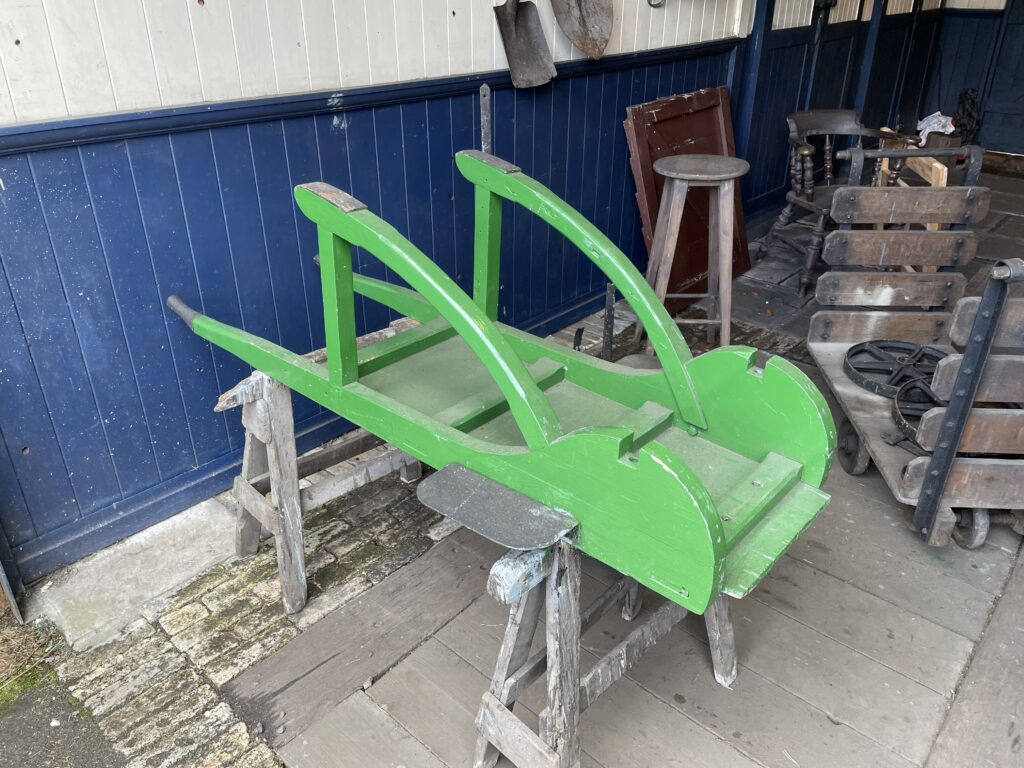
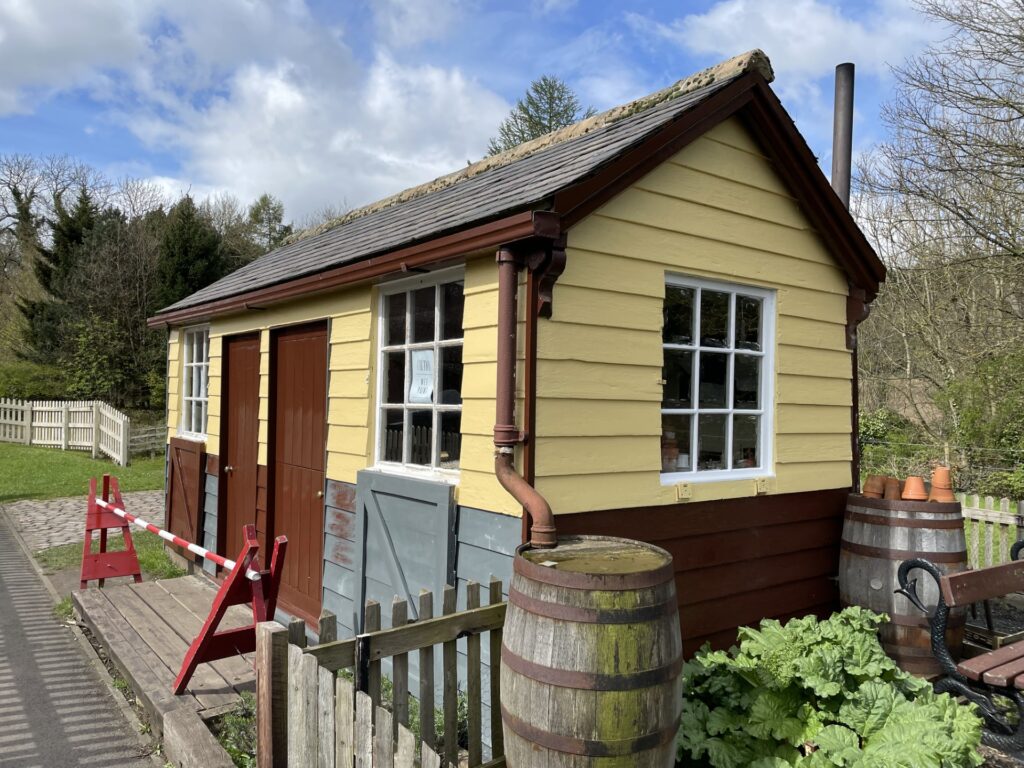


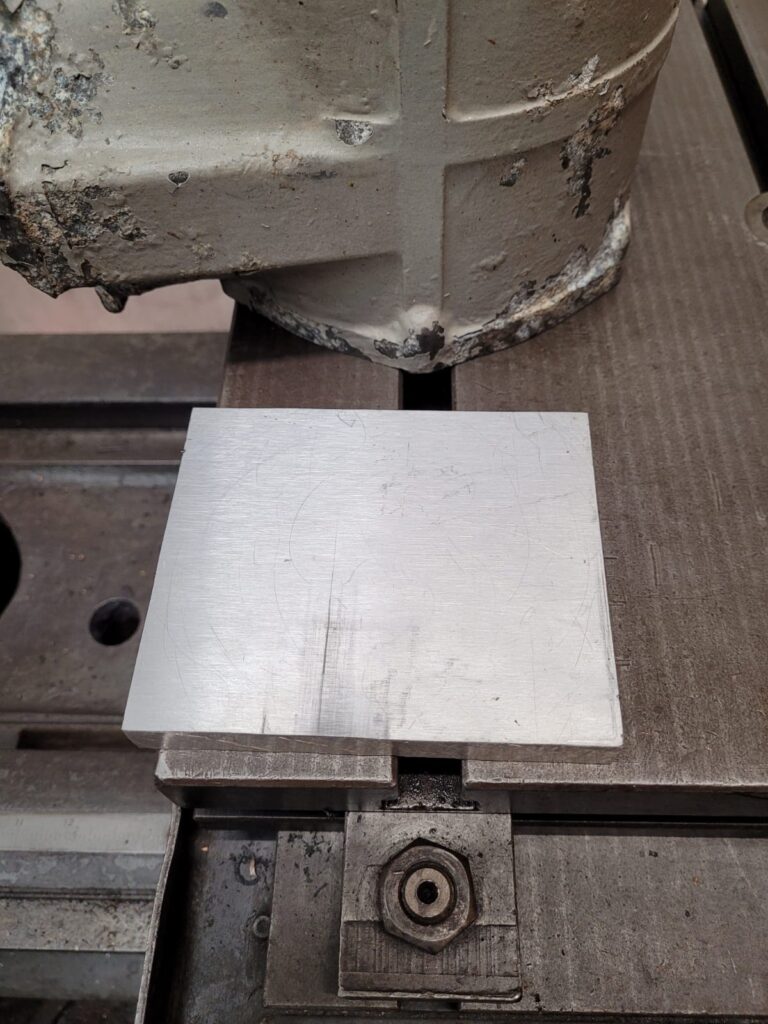
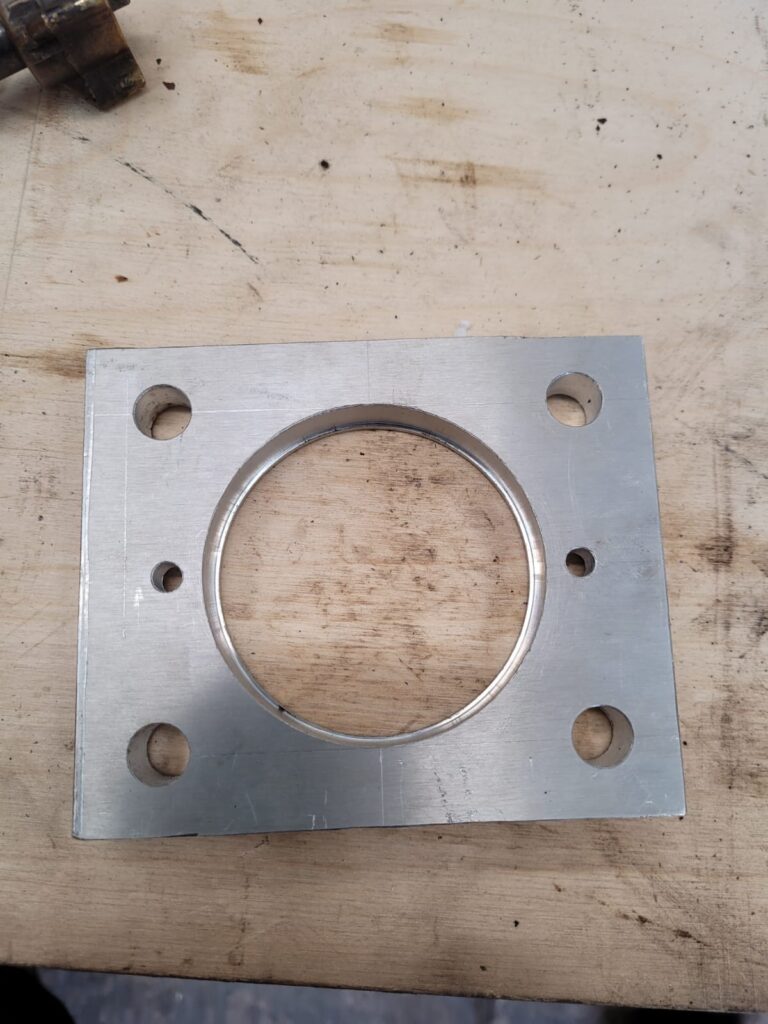
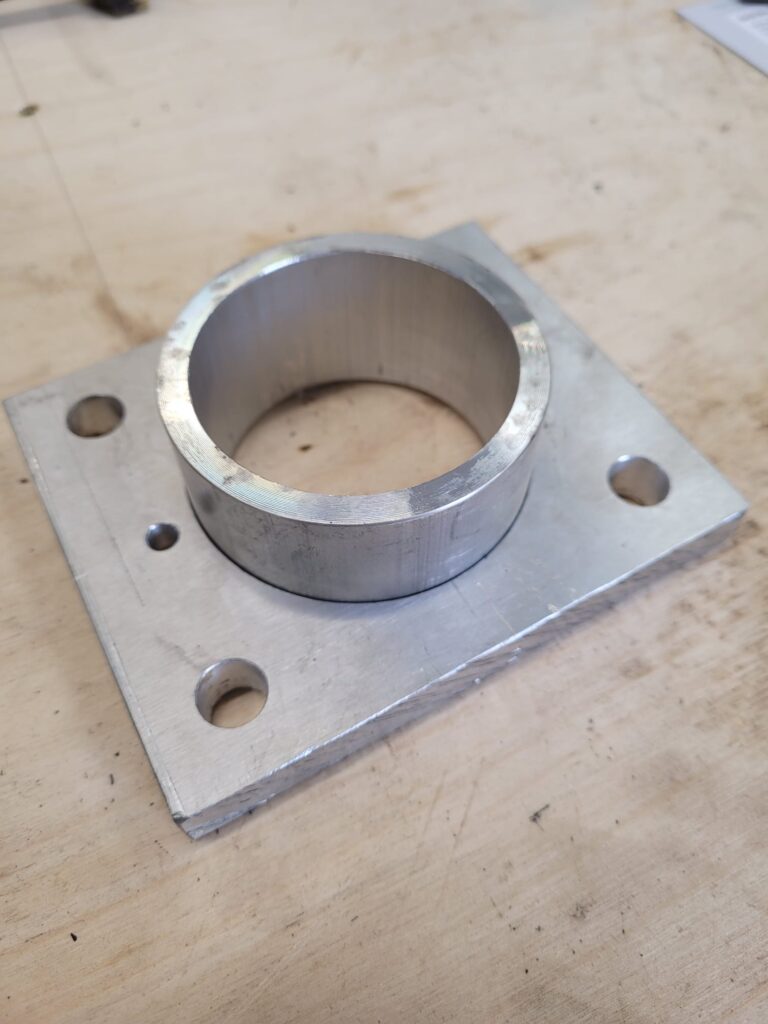
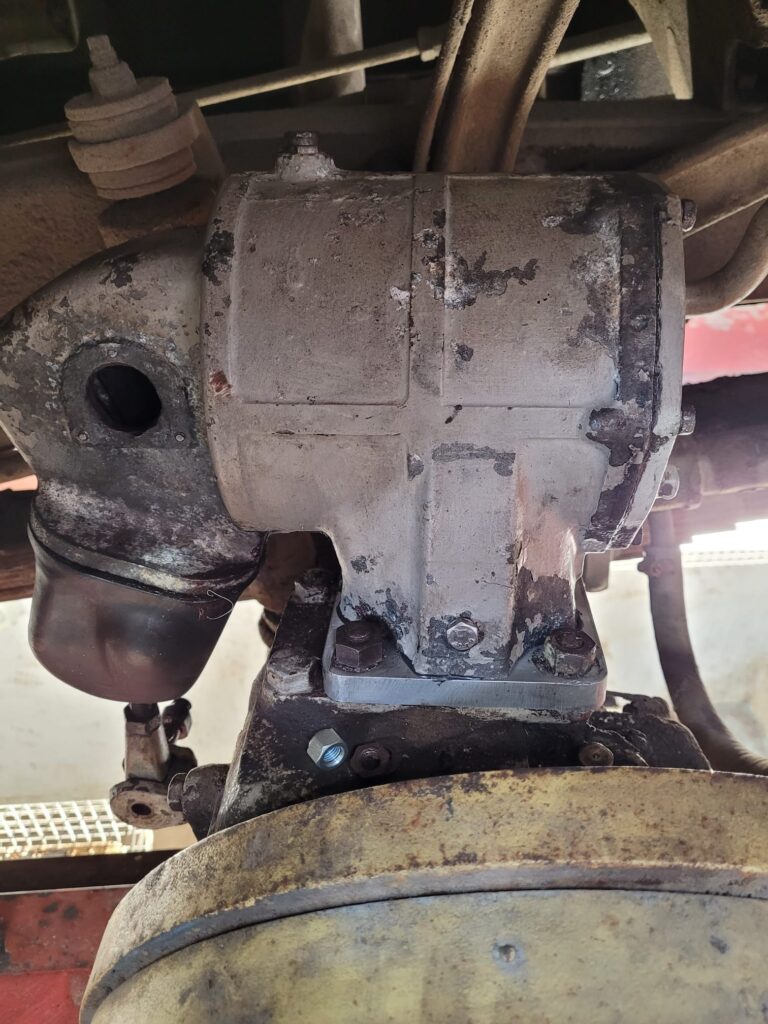
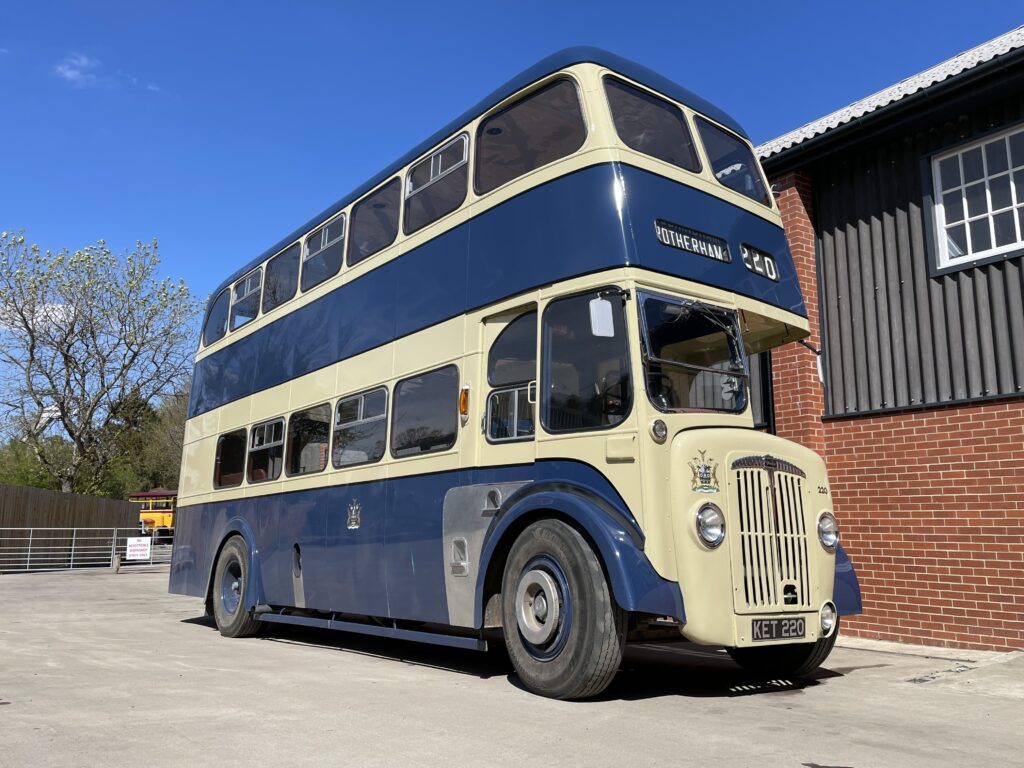
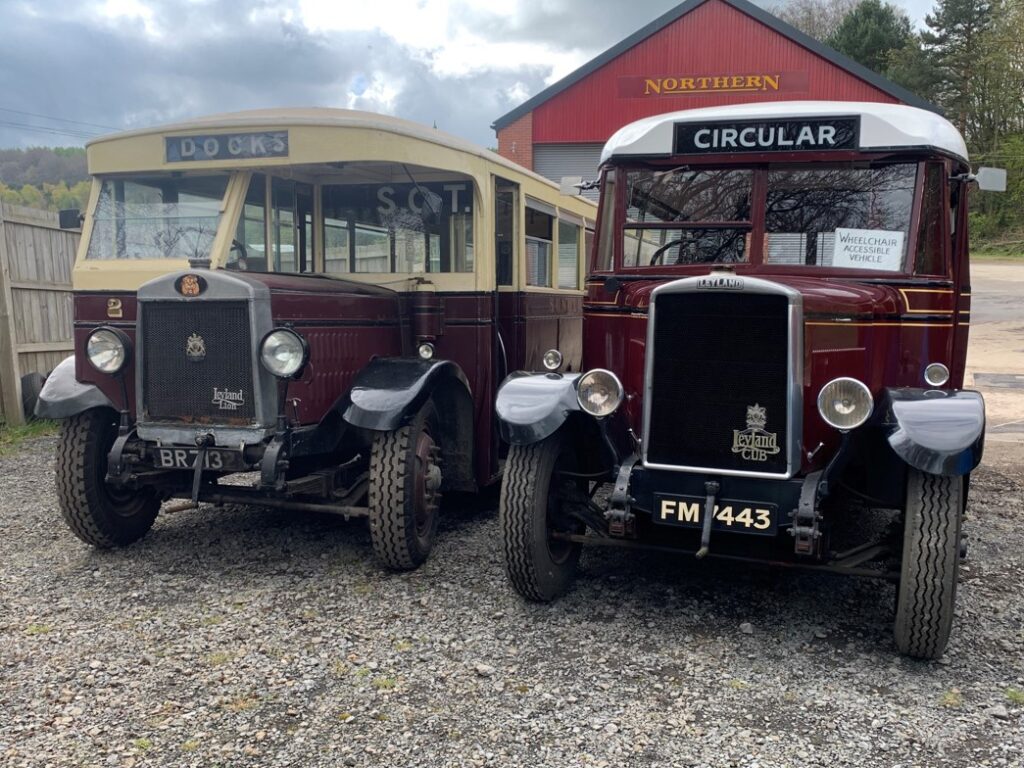
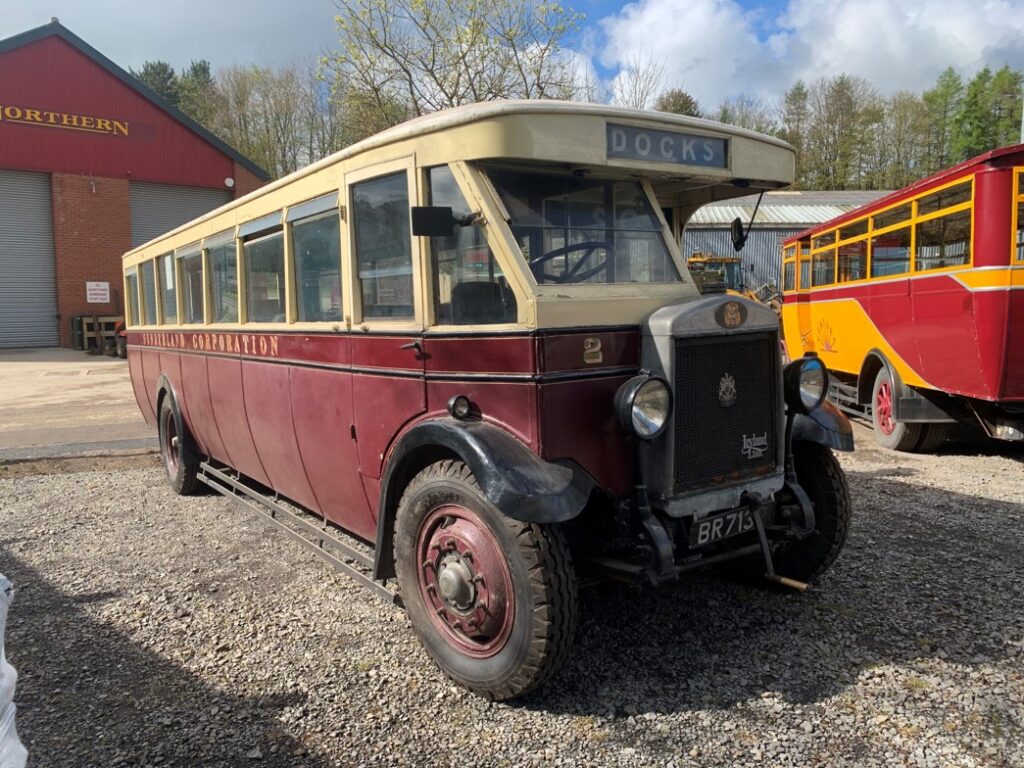
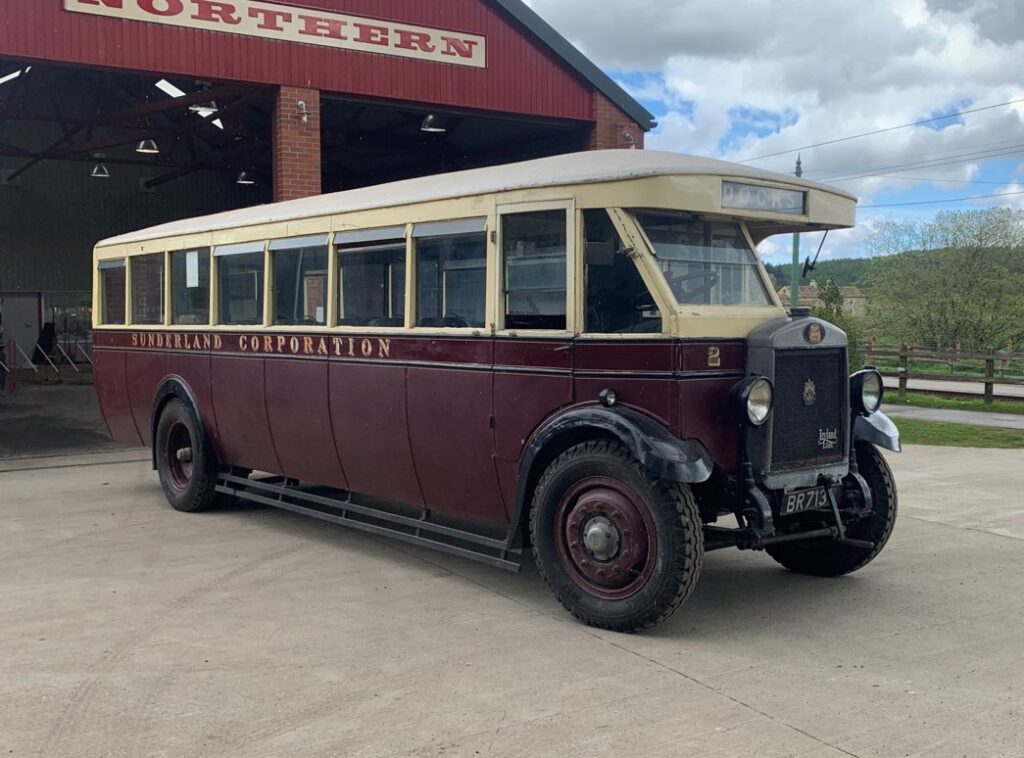
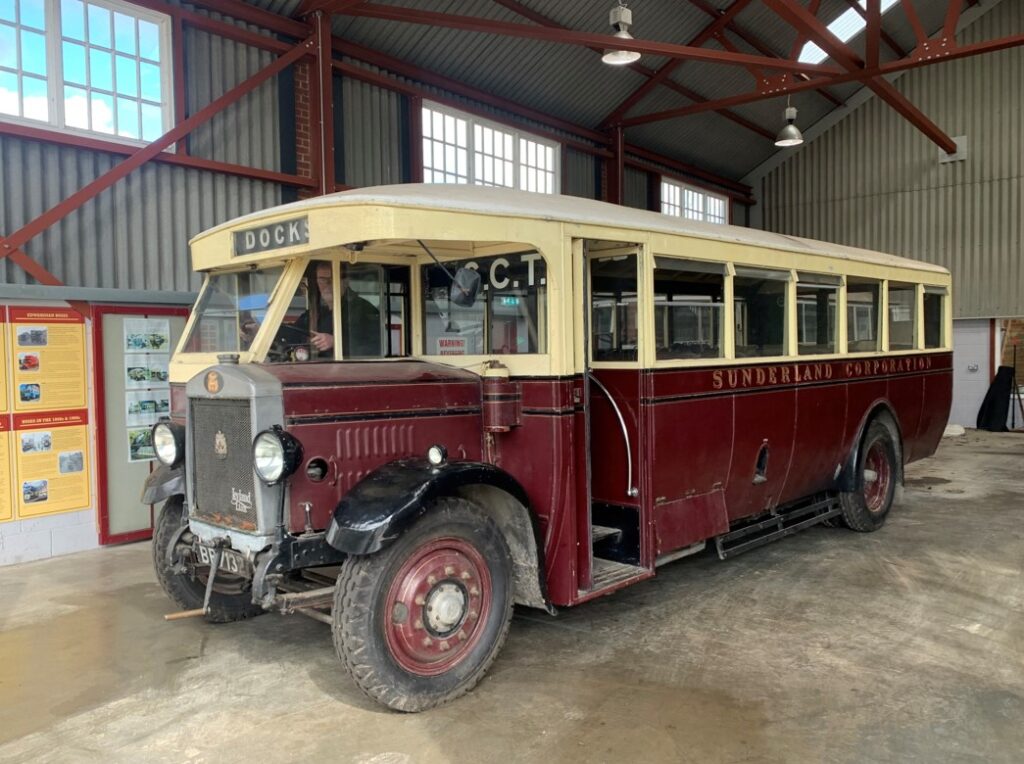
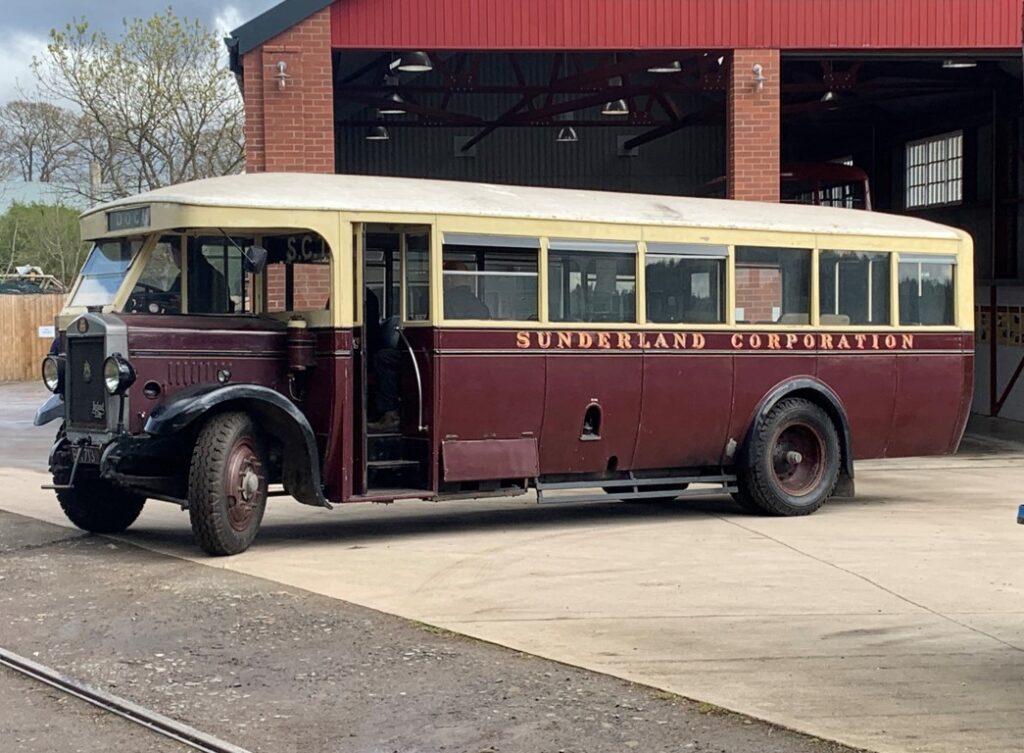
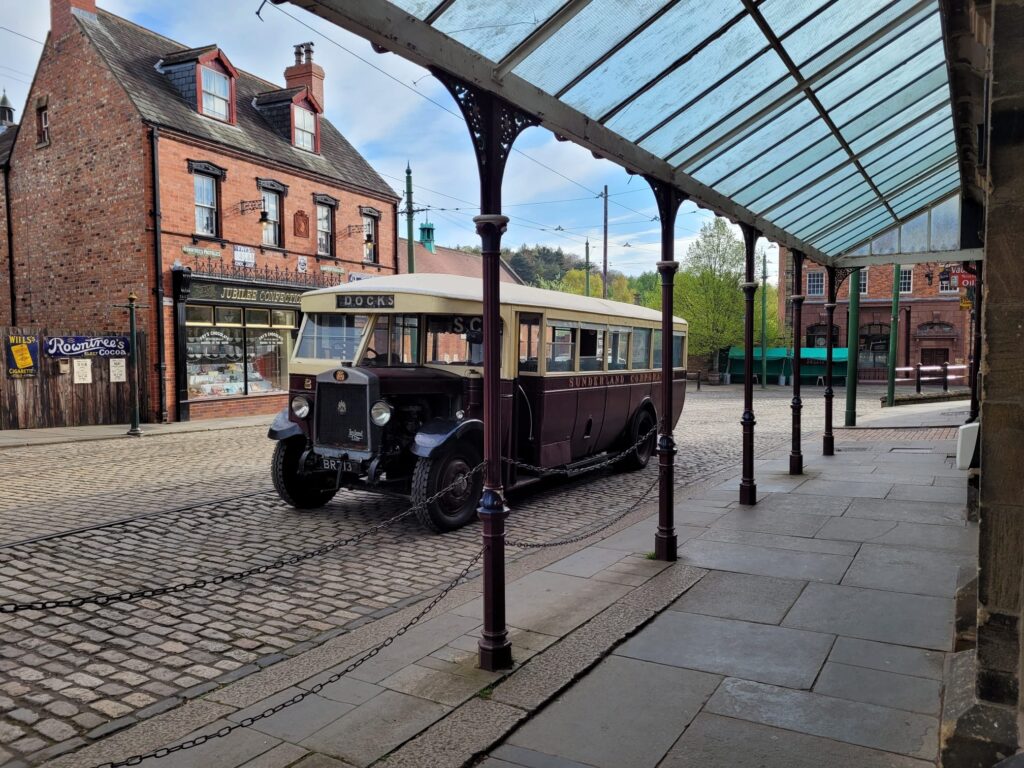
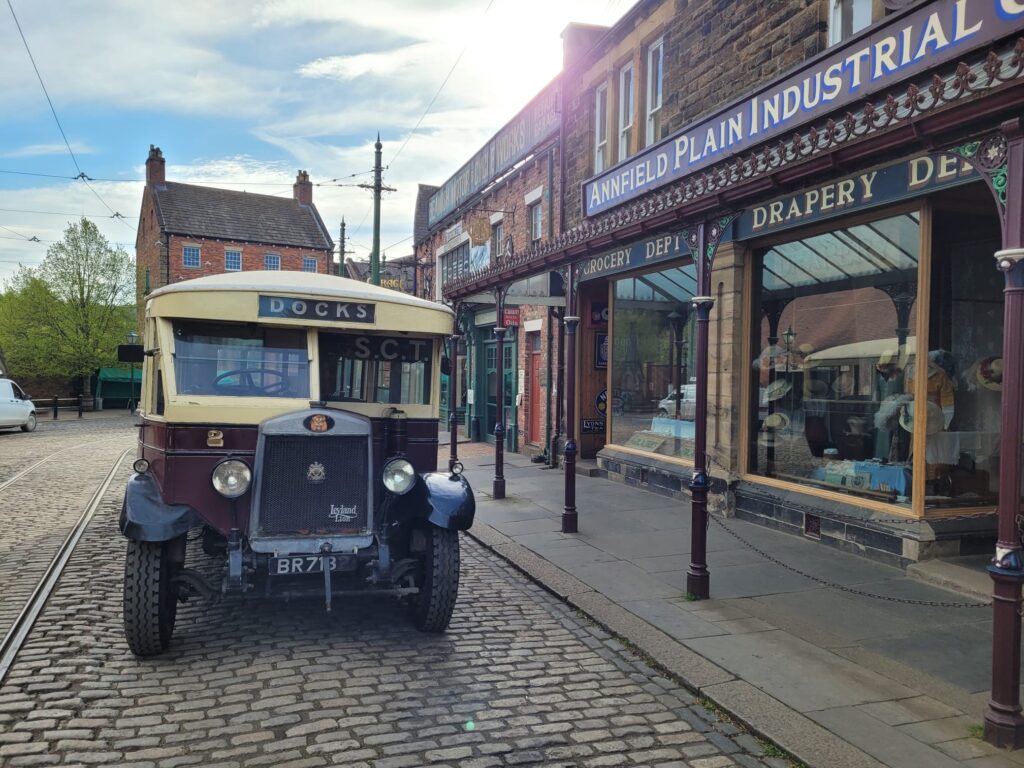
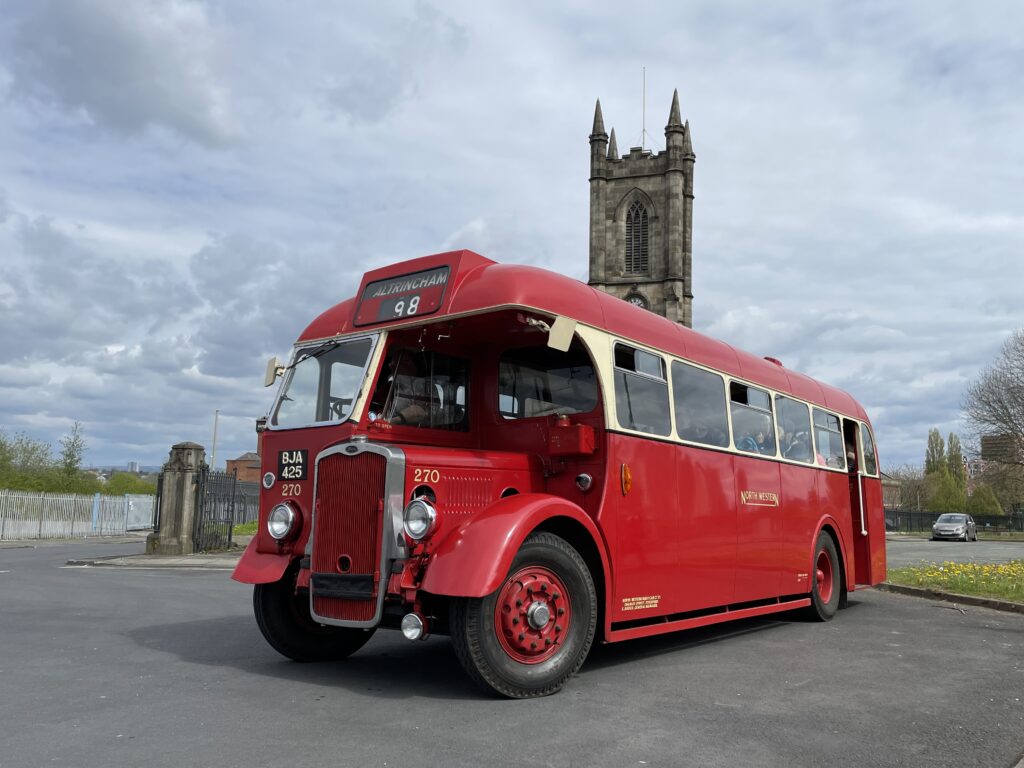
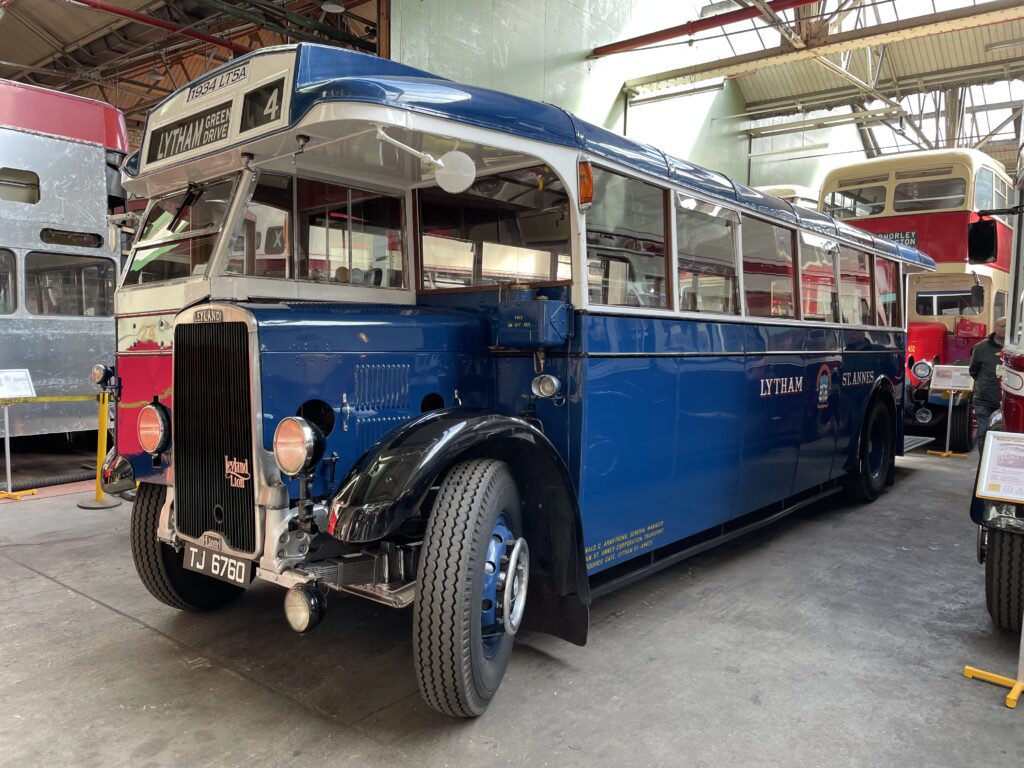
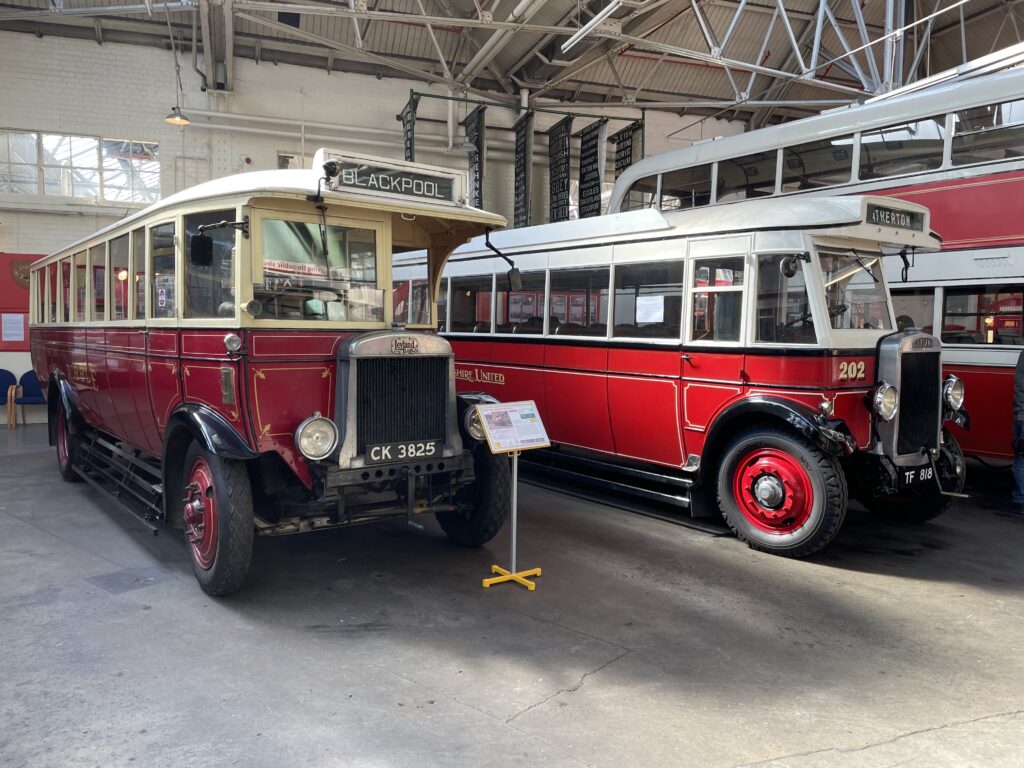
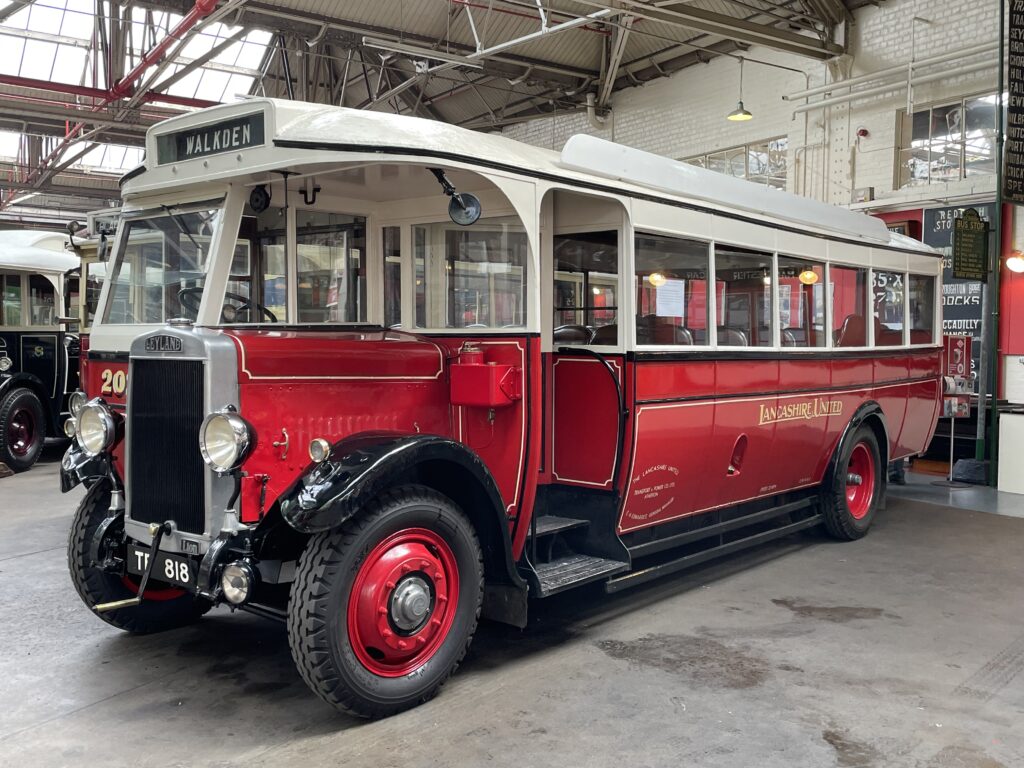


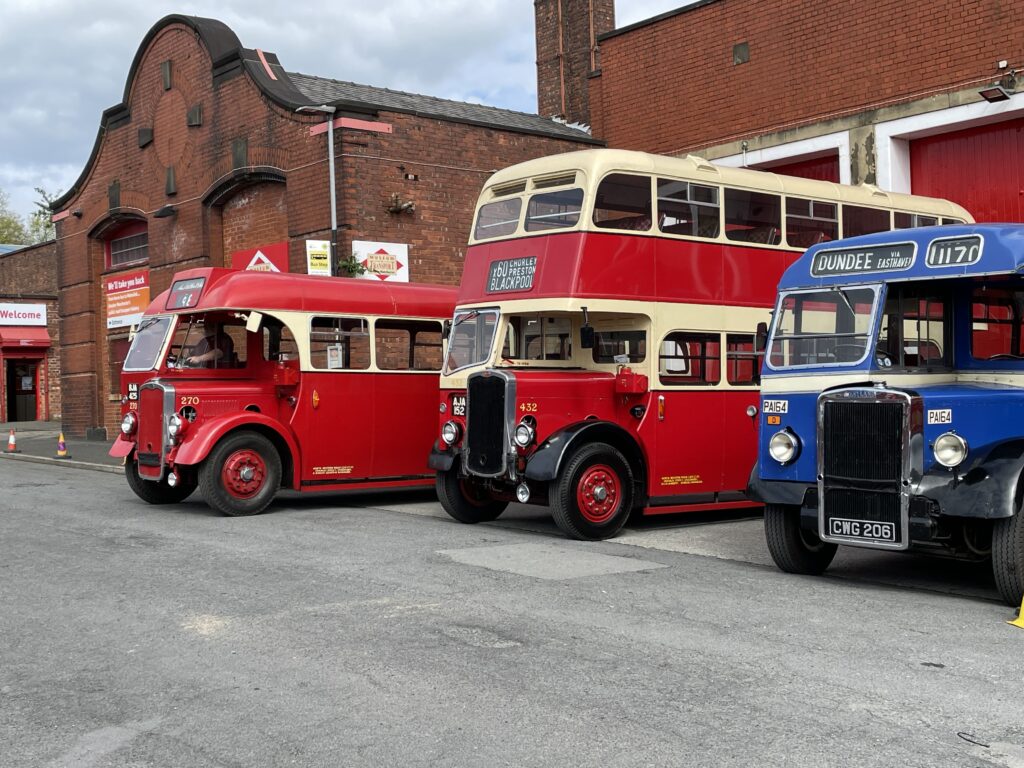





Hi paul,
Just to make you aware, when I look at old posts (from years ago) on the blog, I’m getting virus warnings coming up on AVG, so might be worth having a chat with your IT guys about it as it looks like its been hacked
Great post as always and will look forward to seeing the rowley trackwork and rolling stock refresh info
Many thanks
cheers
Rob
Thanks Rob – I’ll look into this. I had a check and it isn’t doing it on my computer, but this may be because it’s where the blog ‘lives’. Unfortuantely I manage this one on my own, and as several functions are inactive, it’s probably time to look for a bit of developer time to refresh the blog a bit.
Best wishes
Paul
would it be worth sending the engineering team on a trip down to Middleton to learn about Sir Berk and in doing so, will know more about Newcastle when the time comes
With regard to loco Newcastle as there is a football club with the same name why not ask them if they would like to help get Newcastle back in to service by putting a chunk of money into the kitty? they may say YES!
thanks paul for the reply,
would it be possible for you to upload some photos from the archive of the railway operation in the 1980s and 1990s please?
Many thanks
Cheers
Rob